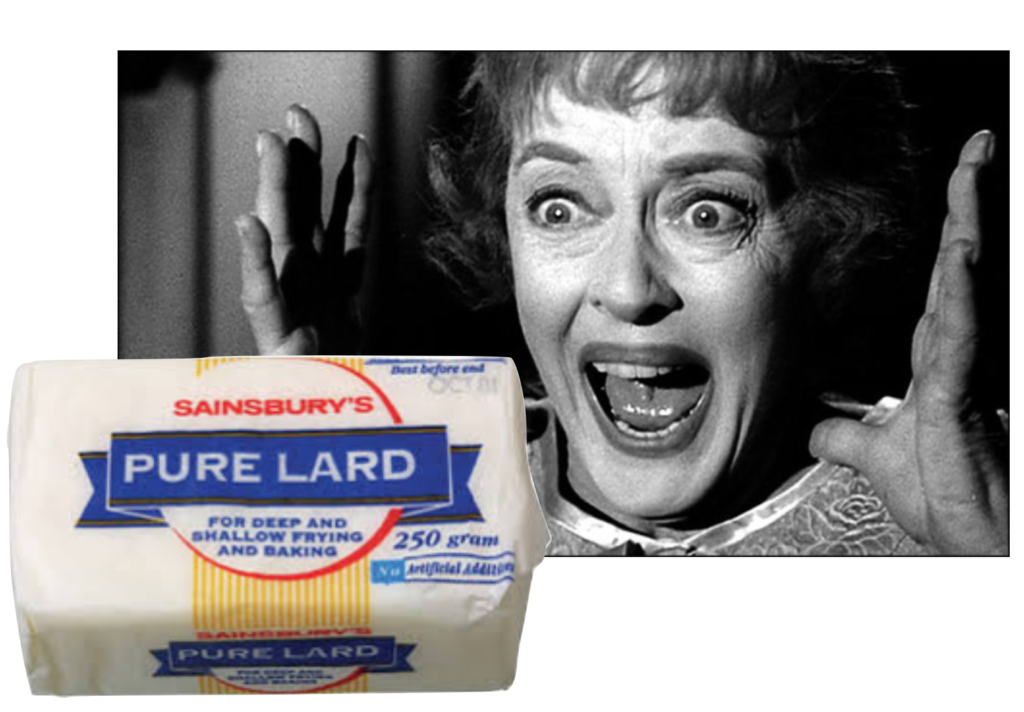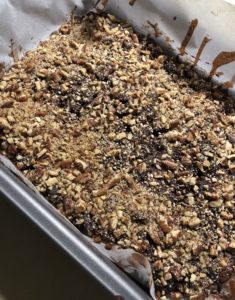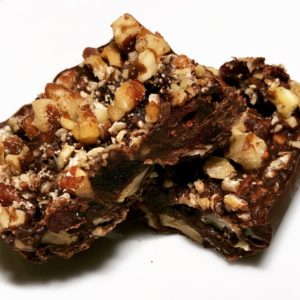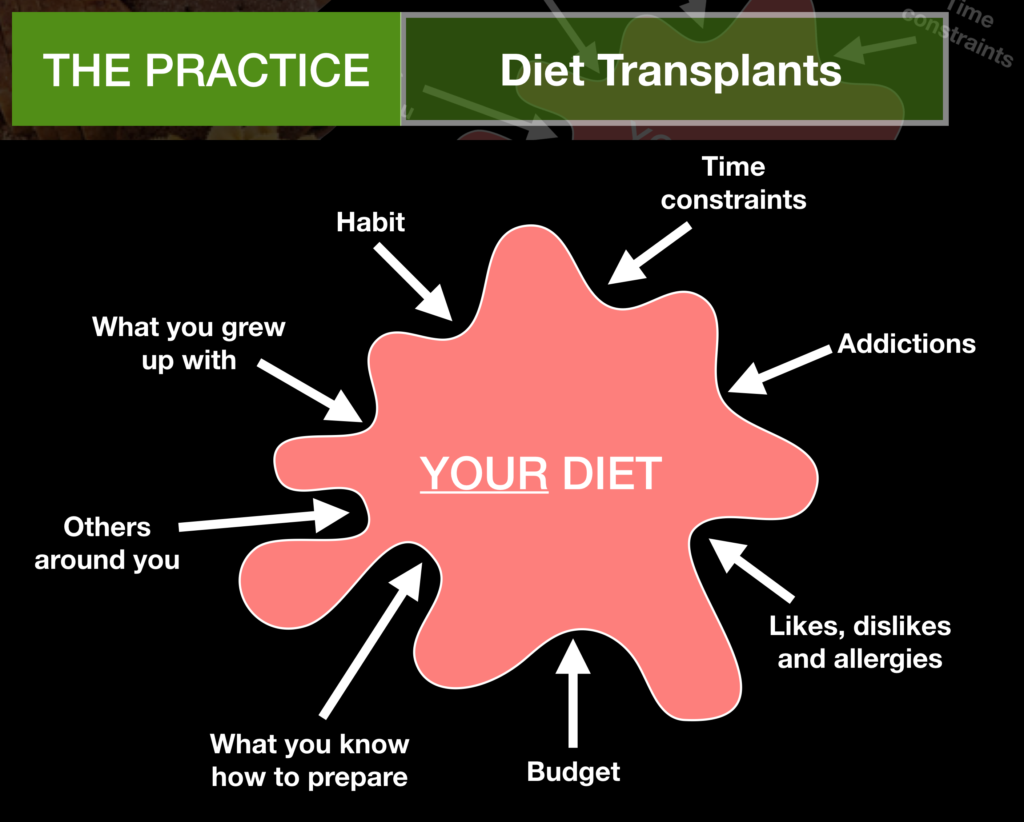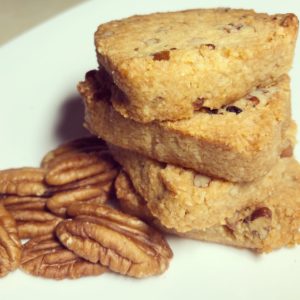To read the previous article click here
Below is a copy of my article published in the August issue of Pampering Times.
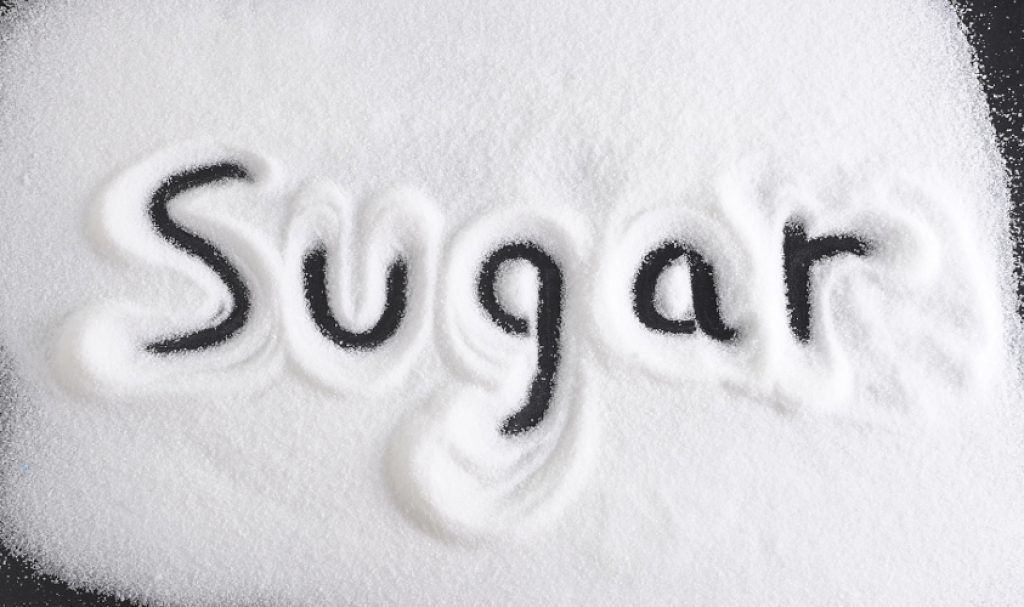
Phil Nuttridge continues his series of articles looking at the modern take on diet and nutrition. He explodes many of the dietary myths that have defined the latter decades of the twentieth century and left their legacy of chronic illnesses in the first decades of this century. In this month’s article he looks at how the “eat less, move more” weight loss paradigm is flawed by our love affair with sugar and starches. More information can be found on Phil’s website cuttingcarbs.co.uk or by following him on Instagram: CuttingCarbsUK
There is an increasing video trend on social media for fitness ‘gurus’ to stand in front of flip charts and essentially tell us how stupid we are. (Have a Google at ‘James Smith Fitness’ or ‘RH Fitness’ if you have not experienced the ilk before). These gurus are of a type – fit young men, usually in their twenties or thirties, they have muscles barely contained within their t-shirts (they sure know their target audience are women of a certain age) and they have a strange penchant for swearing at the camera. Let me refer to them hereon in as the ‘swearing gym bunnies’, or SGBs. Maybe SGBs think that the bad language will shock us out of our stupidity.
According to these SGBs, the pivotal point of our stupidity is our lack of understanding that weight loss is as simple as ‘eat less, move more’. “You are fat because you eat too much”. “You’re fat because you are not tracking your calories”. “You are fat because you are not exercising enough”. “You are fat because you are stupid”.
Judging by the number of followers they have, stupidity is big business. It is a real pity therefore that ‘eat less, move more’ is a flawed strategy.
Inescapably weight loss is hard. If you are already obese, as opposed to just over-weight, weight loss is incredibly hard. If you have had a BMI over 30, your endocrine (hormone) system will have changed in such a way that your body will fight all attempts at fat loss. It will fight you in sneaky ways. It will let you watch the SGBs; it will shame you into counting those calories; it will shame you into obsession over your daily step total. It will even trick you by giving you easy(ish) wins in short and medium term weight loss. Your body will dupe you into believing that ‘eat less, move more’ actually works. You will then fawn over these SGBs as they have shown you that you can shed a few pounds. You too will genuinely believe everyone else is stupid.
But your body fat plays the long-game. It will wait. Like the Grim Reaper, nothing is forgotten – every shed pound is tallied. And when your willpower and motivation reach the point of exhaustion, your body will have its moment of revenge, as each shed pound surreptitiously creeps back into your body with a few extra for good measure. Of course, the more you have paid the SGB for their ‘no-nonsense’ diet plan, the more you will be motivated and so the longer your fat has to wait to get its revenge. But be sure, it WILL always get its revenge.
Of course, next year there will be a new SGB, with even more brazen language and you can do it all again. And again. And again. It does not matter whether you pay Slimming World or Weight Watchers or any of these SGBs, when the willpower is exhausted the only pounds you will have permanently lost will be those in your wallet, not those on your hips.
I know that those of you currently on any of these weight loss plans and particularly those of you in the ‘honeymoon’ stage where you are still losing weight, you are going to be quite rude to me. “Of course it works” you will splutter. “You don’t know what you’re talking about” you may protest. Maybe. Allow me though to explain the science. In doing so, I promise not to swear or take any of your money!
“Eat less, move more” sounds so obvious doesn’t it? This idea is predicated on the seemingly incontrovertible assumption that if you eat more calories than you burn, the remaining excess calories (the unit we use to measure energy from food) will be stored as fat in your body. But then if you create a calorie shortfall by eating fewer calories and moving more to burn more calories, you will use-up some of those stored fat calories to meet that shortfall. That all seems perfectly logical.
Those who swear (literally, swear) that this is the case and suggest you are stupid to think otherwise will, implicitly or explicitly, be invoking what is known as the First Law of Thermodynamics: energy is neither created nor destroyed. If you eat calories then they have to go somewhere; either burn them or store them as fat. Simples.
There’s a problem. There are two conditions that have to be met for the First Law of Thermodynamics to be true:
- The system you are applying it to (in our case the human body) has to be a closed system.
- ‘Energy (calories) eaten’ and ‘energy (calories) out’ have to be independent variables.
Neither condition is met in humans. Let me skip the physics of closed systems for the moment (maybe in a later article) and let me focus instead on the second condition that the calories you burn and the calories you eat are not independent variables: Paraphrasing, what you eat affects how many calories you burn; how many calories you burn affects what you eat.
The swearing gym bunnies will abhor this idea – they will assure you that it does not matter what you eat – just eat less of it and/or burn more calories and you will have a calorie deficit. Allow me to show you that it critically DOES depend on what you eat.
The interdependence between calories in and calories out pivots on many hormones – the two chief protagonists are insulin and leptin.
Whilst many of you will have heard of insulin – more of that one in a moment – maybe fewer of you have heard of leptin. Leptin was a discovery of the Nineties and in the few decades we have known of its existence, it has been quietly over-turning much of our thinking regarding fat storage and obesity. So quietly in fact, that most of our SGBs are completely unaware of it and how it has been the death knell for what little science there ever was to support the ‘eat less, move more’ strategy.
In brief, leptin: is produced by your fat cells when they are ‘satiated’; it suppresses appetite; it is an antagonist of insulin (more of that later); together with insulin, it controls the appetite ‘thermostat’ in the brain; it controls thyroid function and adrenaline function thereby controlling metabolism; its levels are promoted by HIITs – high intensity interval training; we can become leptin resistant (bad news for controlling appetite) and that resistance is exacerbated by high sugar diets, particularly diets high in the fruit sugar, fructose; leptin resistance is correlated with insulin resistance (more of that later too) so diets high in grains, cereals, starches and synthetic oils and margarines are going to impair appetite and metabolism management.
So although it is (in terms of discovery) a new kid on the block, it is proving itself to be pretty pivotal in connecting appetite and the energy we burn in our metabolism. Because how you get your calories – whether for example you eat lots of fruit sugar and grains – will affect your leptin levels, this is going to have a big impact on how many calories you burn. And, how you choose to burn calories through exercise – HIITs versus more conventional forms, for example – will also affect leptin levels and that is going to impact how many calories you will burn during exercise, how many you burn during rest and also your post-exercise appetite.
They used to say a calorie, is a calorie is a calorie. Leptin has put pay to that.
The other hormone involved in this metabolism-appetite axis is insulin. Although we have known about this hormone for nearly a century, we are still adding to our understanding of how it controls metabolism and fat storage.
First and foremost, insulin controls blood sugar levels. If you eat sugar or starch, this will increase your blood sugar level. This is not something your body wants to keep elevated for too long as excess blood sugar will start attaching itself to your protein molecules and thereby critically disturb your protein metabolism. Cue insulin.
Your body releases insulin in response to raised blood sugar. Various tissues of the body in turn respond by taking-up the excess glucose (the molecular form of sugar carried in the blood). Insulin tells muscle cells to burn the glucose for energy release; in the liver, insulin instructs the cells to stop producing glucose from excess fat and protein, a background activity performed by a healthy liver all the time; in the skin cells, insulin triggers fat storage. All of these responses lead to a fall in blood sugar levels, the desired result.
The problem is sugar and starch are addictive. And, through the dietary advice of the last few decades we have been told to ditch the fat and encourage to eat lots of starches (bread, pasta, rice) instead. So we now eat them at every meal, every day. Under this sugar-borne onslaught our insulin mechanisms will start to show signs of wear and tear. The orange juice, cereal and toast you have for breakfast; the muffin with your coffee, the bread or jacket potato for lunch, the pasta or rice with your evening meal and the biscuits before bed all load you with sugar and starch and put strain on your insulin system.
Under this strain some of the target cells that should be listening out for the insulin message become a little deaf to the signal. This is the start of Insulin Resistance. Once Insulin Resistance takes hold, your body has to produce more insulin to get its message across.
There is then an escalation – eat more sugar and starch, more insulin, more insulin resistance; eat even more sugar and starch, even more insulin, even more insulin resistance. Eventually, your body cannot produce enough insulin to get the message across and this becomes Type II Diabetes. One of the most prolific non-communicable diseases of the twenty-first century and it is caused by constant bombarding of your body with sugar and starch. An insulin system that evolved to deal with occasional sugar surges in the Autumn when berries were in season, is now bombarded all year round and with quantities of sugars way beyond those ever before experienced in the millions of years of human evolution. We now additionally ‘refine’ much of that carbohydrate making the sugars and starches all the more accessible to our bodies. That refining just creates a shortcut to our insulin and leptin mechanisms.
But we have another problem with Insulin Resistance: Not all cells become resistant at the same rate. Whilst your liver becomes deafer to the message of insulin quite quickly, in many people the fat cells in your skin do not. This has important consequences for those wanting to lost weight.
As you pump out more insulin to overcome the deafness of the liver, your fat cells are listening to every single drop of insulin and store more and more fat in response to those ever higher levels in circulation. This insulin-mediated grip on your body to store ever more fat is hugely problematical – being hormone controlled, just telling yourself to ‘eat less and move more’ to overcome it, is not going to cut the mustard in the long term. It will sabotage you. You might well eat fewer calories today than you think you need, or exercise a bit more to burn a few extra calories to create a calorie deficit, but insulin in cahoots with leptin will (eventually) reset your resting metabolism to recoup those missing calories. Or it may so enflame your appetite, that binge eating on that Hagen Das to replace those missing calories becomes irrepressible. If your plan to lose weight leaves you feeling hungry, lethargic or depressed that is a sure sign that you are fighting your insulin-leptin mechanism. You cannot escape those hormones.
OK, so in the honeymoon period of falling in love with your latest ‘diet plan’, your motivation may be able to overcome many of these insulin-leptin mediated metabolic and appetite pressures. You will almost certainly lose weight in the first few weeks of the ‘eat less, move more’ plan. And maybe for longer than a few weeks if you have strong enough motivation, usually correlated to how much you paid for this diet plan. But as soon as that motivational over-ride is exhausted, leptin and insulin will have their way.
Let’s be clear, all you are buying from the swearing gym bunnies is motivation. And that need for motivation is driven by the carbohydrates – sugars and starches – you are eating.
As we saw in my last article, fat phobia is a phenomenon of the last few decades of the twentieth century and through its grip we have been steered away from natural, healthy intrinsic fats and instead been led to believe that it is healthy to fuel ourselves on lots of carbohydrates. Of course, many of the grains and cereals from whence we source our carbs are cheap to produce. Food manufacturers love them as they can highly process these carbs making them more addictive and more accessible and increase their profit margins. How wonderful it must be for a food producer to be able to take a natural food like yoghurt, process it to remove the intrinsic nutritious fat, add lots of cheap sugar and starches to make it flavoursome and addictive and then charge a premium for labelling it ‘low fat’. Ker-ching!
No wonder then that through the effect all this sugar and starch has on our insulin and leptin mechanisms we are getting fatter and fatter. And then, we have the SGBs telling us that it is simple – just carry on eating the food that has chronically harmed our metabolisms to make us fat (i.e. the carbs), reduce our intake of the foods that the carbs displaced from our diets before we were all fat (i.e. the natural fats) and miraculously you won’t be fat any more. Who are the stupid ones now?
And I haven’t even mentioned gut bacteria and how they affect how fat we are. You don’t see that mentioned on the SGBs flip charts. I will cover that next time.
I fully appreciate that much of this ‘new’ science overturns the models of diet and weight management of the last fifty years. But of course, it has to. The last fifty years has seen epidemic increases in the levels of obesity, Type II diabetes, inflammatory diseases, cancer, eating disorders and mental disorders in children. These conditions all have dietary associations and the hitherto prevailing science of diet has almost certainly contributed to these epidemics. Time for a rethink.
In my next article I will continue this discussion by looking at some of the confirmatory evidence for this new model of appetite and obesity. It will be an interesting journey where we will look at fat babies, fat mice, faecal transplants, Ice Ages and how conscientious objectors have helped our understanding of fat metabolism and weight loss.
To read the next article click here

